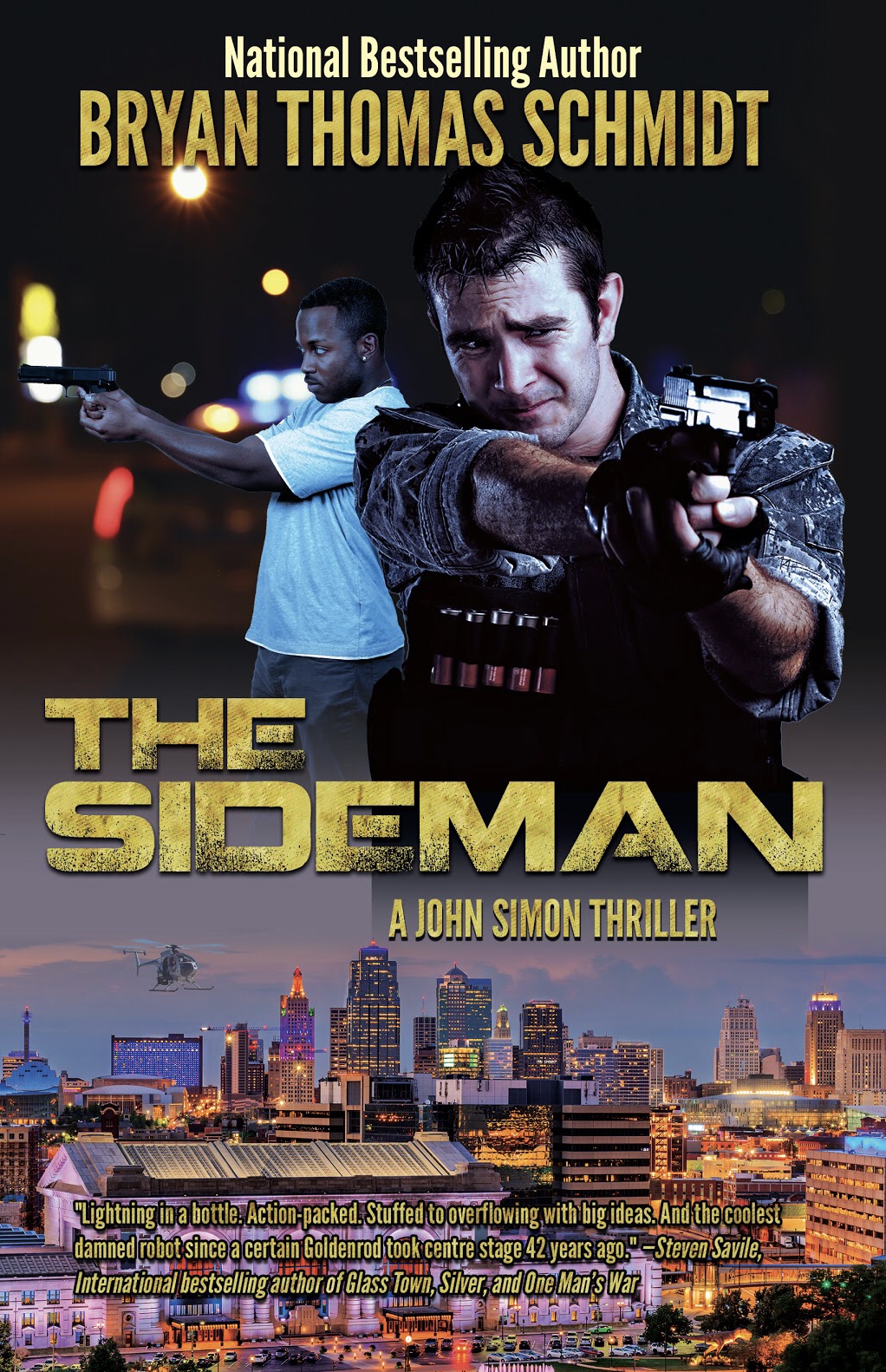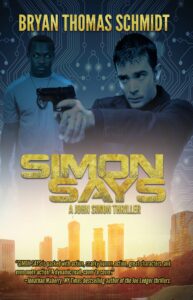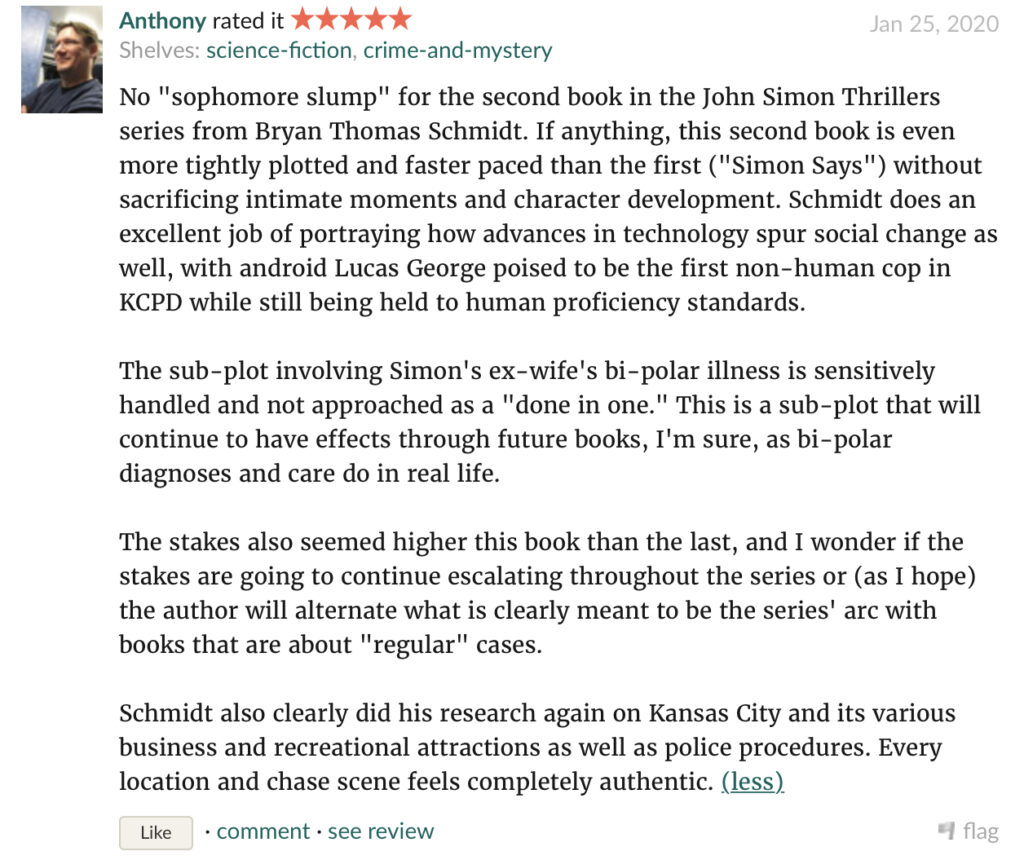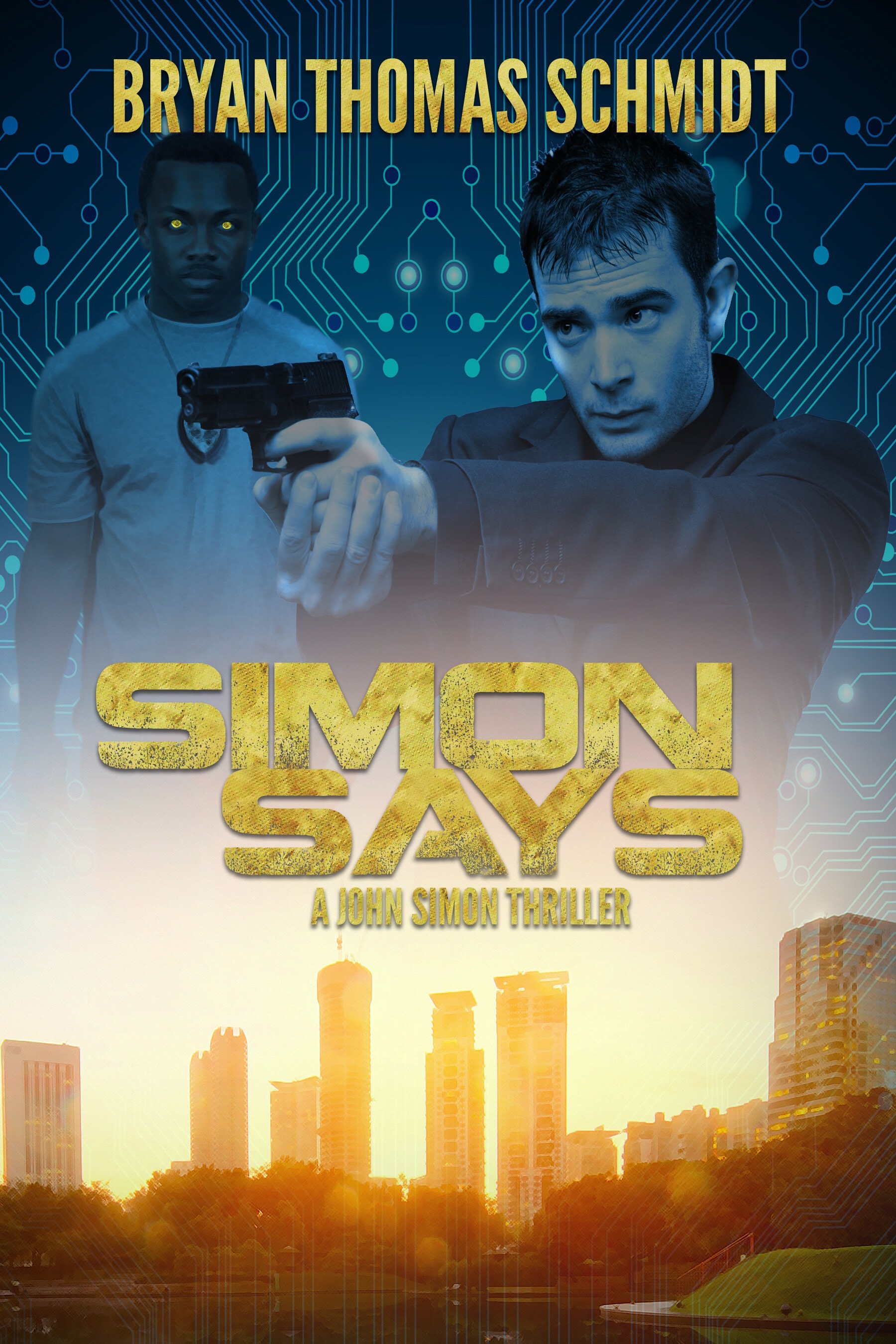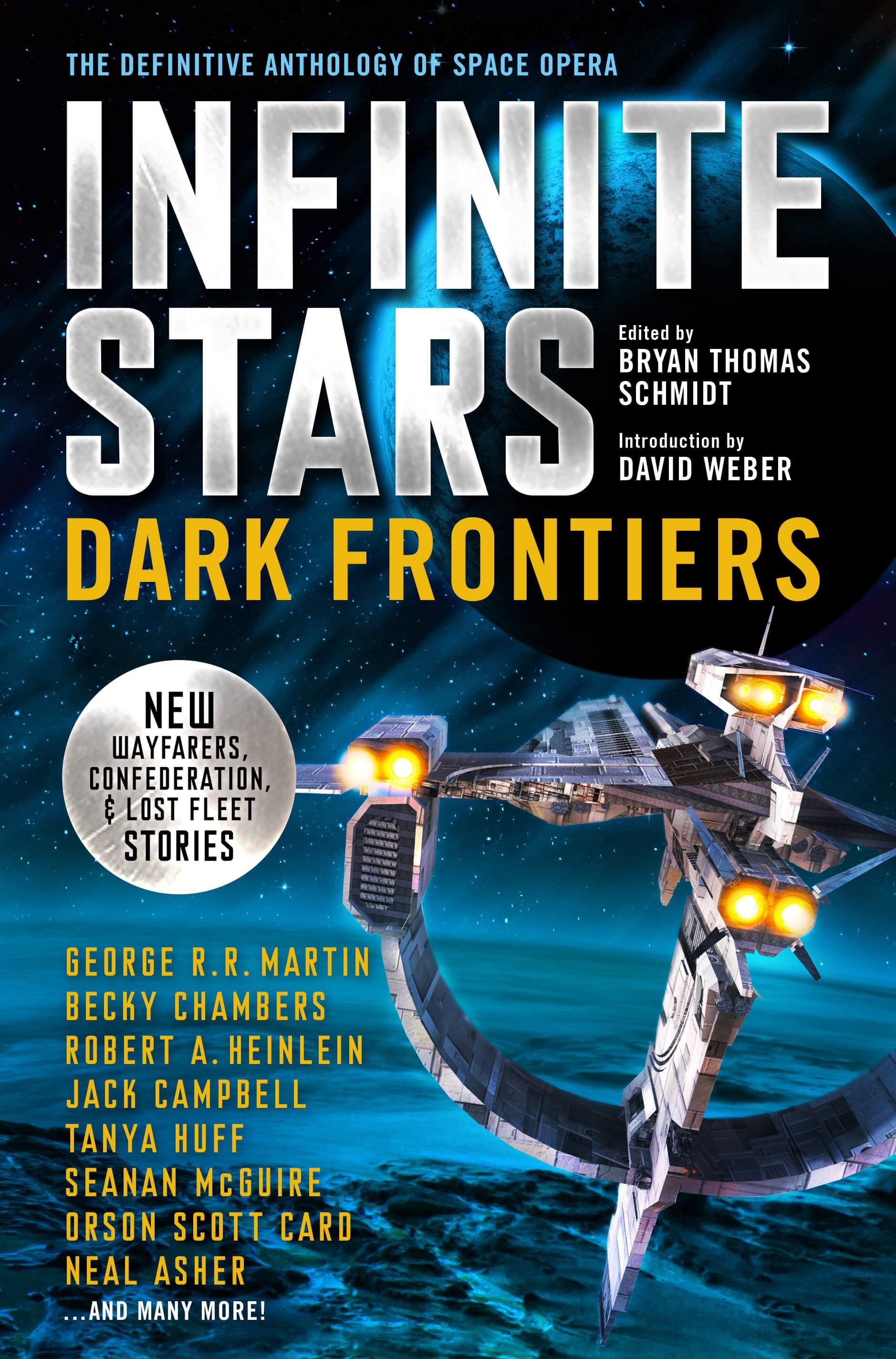


1) Write in short snippets as much as possible. Action scenes are not the time for long internal dialogues by characters. Think about a time you were involved in a high adrenaline situation. You didn’t have time to take long pauses for deep thinking. You had to react and do so quickly and so must your characters. The same is true of long speeches. People tend to be interrupted in speaking by the need to act or react. So dialogue and even action should be described in short spurts. If you have more than four sentences to it, think twice about whether it should be split up.
2) Use action to break up dialogue and dialogue to break up action.Intersperse the two components in short segments to add a sense of pacing and tension. Writing long sections of dialogue and long sections of action will tend to read slow and thus stall the pacing. This is especially true of dialogue as noted above. Alternating them adds a sense of realism and keeps things moving.
3) Get to the point. Long descriptions of weapons and scenery don’t belong here. If things need to be set up, do it before the sequence occurs so you don’t have to interrupt the action to do it. You want to focus on sensory details–what the characters see, feel, touch, etc. Are they sweating? Are they hurting? Not on what the building behind them looks like or even the street itself. You don’t want to spend pages like Tom Clancy describing their weapon here. We need to know what it is and how it works and their skill level so we can not be surprised by their actions, but set that up elsewhere. During the action, we should already know.
4) Don’t make it too easy. Yes, the hero will likely win. But make it a challenge. Be sure and make the opponents threatening enough that the hero is in real jeapordy, otherwise the dramatic impact will be greatly lessened. No matter how skilled your hero is, he or she must have to face obstacles. In action sequences the odds should seem stacked against him. Let them bleed from a wound. Let them misfire or miss with the sword. Let them sweat and even have to run, barely escaping. Sometimes it’s even good to let them lose one time only to have them win later on. Force them to stretch themselves in some way to succeed. Make them human or the reader’s will struggle to care.
5) Keep it believable. This goes hand in hand with number 4. Real people are imperfect. They make mistakes. They fail. Make sure your action sequences are well researched and realistic. Besides humanizing the hero, don’t have vehicles or weapons performing beyond their capabilities. You may assume readers won’t know the difference but some will. And writing without limits rings hollow. Make sure you respect the limits and use them to up the tension. A man stuck with a sword fighting men with guns will face tense moments. A man against incredible odds is a man we root for.
6) Keep it tight. Anything absolutely not necessary should be cut. This includes long descriptions and dialogue as mentioned in number 1 but also the scene openings and closings. The rule I learned in film school was to get in a scene as late as possible and out as soon as possible. Nothing hurts pacing more than disobeying this rule. Be sure you start the action as fast as possible and end it the same. Don’t drag it out unnecessarily in your desire to make it more dramatic or a “cooler” sequence. Make it exactly as long as it really needs to be to serve the story and no longer.
7) Give the readers breathing space. Be careful about putting too many action sequences too close together. Movies build to a climax which may have twenty minutes of action but before that action scenes are interspersed with slower moments. Make sure you intersperse your action sequences with moments of character building and reflection, dialogue and discovery–slower sequences which allow readers to breathe a bit before the next intense action scene. In between scenes are where you make action sequences matter. Action is not just about a character we care about surviving but about stakes he or she has in that victory. What is the character’s driving need or goal? This gets set up in other scenes and provided driving undercurrent to the action which makes us care.
8 ) Pick your moments. Action stories tend to have several sequences spread throughout. Be sure you consider in choosing which sequence to include where the overall dramatic level of them. You want the biggest action sequence in the entire piece to be either at the closing of the piece. Those in between should leave room for a build up to the major action sequence to come. Ideally, each scene builds up to those that follow but this can be accomplished in ways besides upping the stakes and tension or odds. With proper character arcs, character’s emotional stakes can be developed in such a way that each later sequence matters that much more, making the readers care more as well.
9) Make it matter. Action scenes do not exist solely to entertain readers and add tension. They have a greater purpose to serve the story. Something must happen which ups the stakes or increases the challenges with each scene in your story and action scenes are no exception. Don’t write action for the sake of action. Write action because it serves the story. Every action sequence should move the story and characters forward in their journey, if not, they don’t belong int he story.
10) Incorporate humor. Humor is a great tool for not only breaking the tension but building character during action sequences. It’s no accident characters like LEthal Weapon’s Riggs and Die Hard’s McClane engage in witty banter during such moments and your characters can as well. From funny actions to funny dialogue snippets, this makes the action both more enjoyable and less tense when done at the right moments and can add a lot to reader enjoyment. Don’t be afraid to incorporate it when you can. It doesn’t have to be cheesy catch phrases either. It’s all in the wording.
Just a few tips I hope will help you in writing action scenes for your stories and novels. I know these lessons have helped me.
As an example, here’s an excerpt from my latest novel, The Sideman:
The Sideman TeaserFor what it’s worth…


